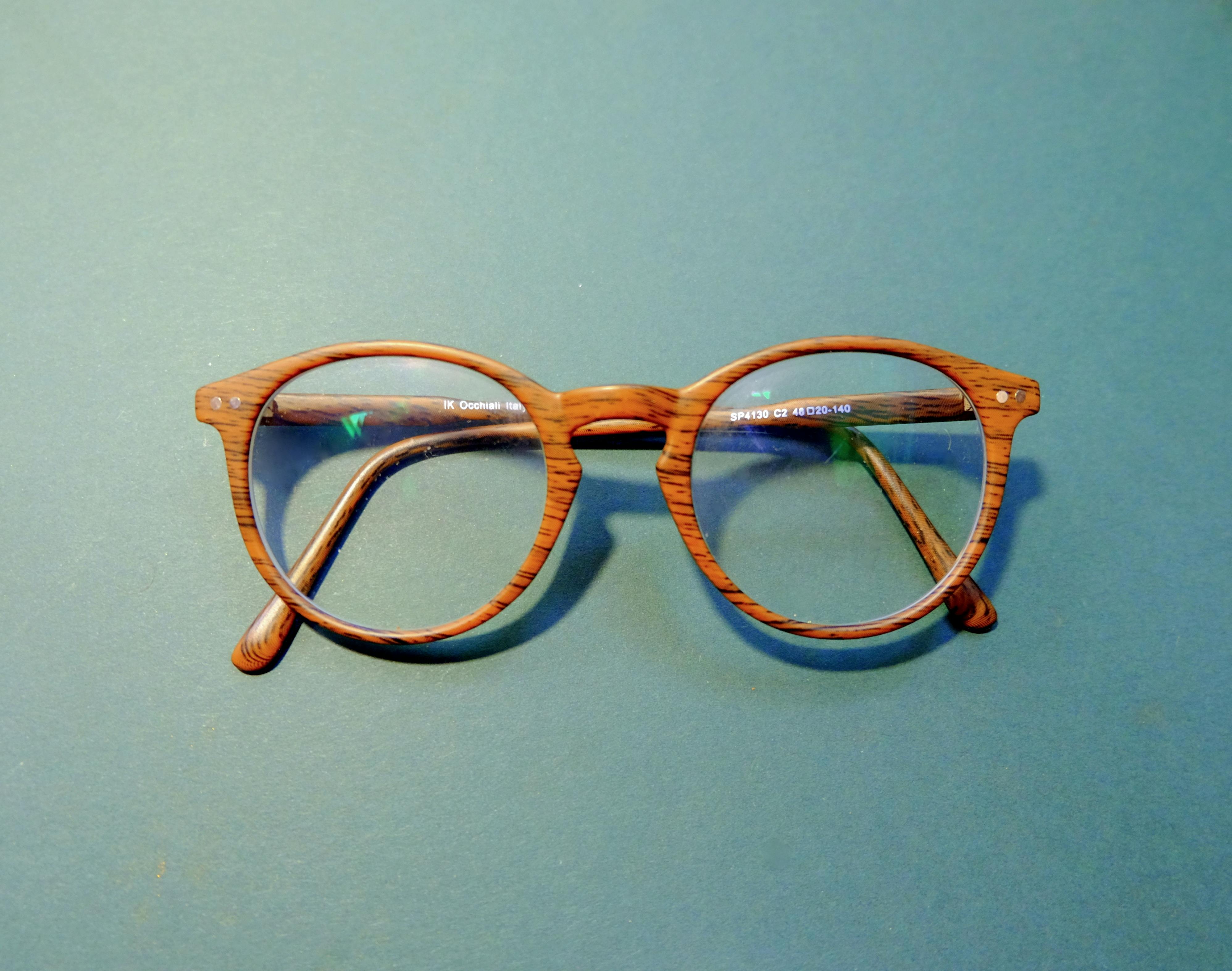Acne or chickenpox scars are difficult to remove. Many therapies have been developed to treat this type of scar; however, none have been as successful as the recently developed microneedle. It was only in 1995 that the idea arose; Orentreich et al described subcision or skin needling for scars. Camirand and Doucet pushed the treatment further in 1997. In their procedure, dermabrasion was performed with a tattoo gun to treat scarring. The therapy reached its full potential in 2006, when Fernandes developed percutaneous collagen induction therapy.
The procedure, being simple, can be done at home. However, dermatologists advise against it, as there is a risk of infection and scarring.
Devices used for Micro-needling
In the procedure, the skin is pierced with fine needles; those needles can be in a roller, which has wheels of needles, or ballpoint pens, which have a group of needles at the tip. The models used by doctors may vary; It can be motorized, which allows you to control the depth of the needle. There are other models that use microneedles as well as radio frequency energy. Radiofrequency is used to produce heat, which some publications claim helps collagen growth. However, the radiofrequency procedure is quite expensive than microneedling treatment alone.
How the treatment works
The very tiny injury inflicted by the needles stimulates the growth of collagen, a protein that acts as scaffolding under the skin. The treatment cleverly uses deliberate damage to collagen to treat the scar, improving its appearance. The technique is most effective for sunken areas caused by acne. However, on deeper or narrower scars the procedure does not work. With four to six treatments, you can have a 60% to 70% improvement in extensive acne scars. The procedure is also effective in smoothing wrinkles around the eyes and on the upper lip.
Cost and immediate effects of treatment
Treatment costs range from $250 to $1,000 depending on the dermatologist or a medical grade device. The procedure may cause minor bleeding. A patient’s face may look pink and swollen after therapy. Patients are suggested to ice the treatment area after therapy. The patient recovers much faster than with other skin beautification procedures, such as laser resurfacing, which can take a week or more. It only takes a day or two, if you had a procedure on Friday, you can be presentable, even with makeup, on Sunday.
Precautions to follow if done at home
Rollers of different models are available online, costing between $20 and $125. Dermatologists recommend consulting doctors before doing the procedure at home. Also, use shorter needles of a quarter to a half millimeter, as longer needles increase the risk of infection or scarring and are more painful.
